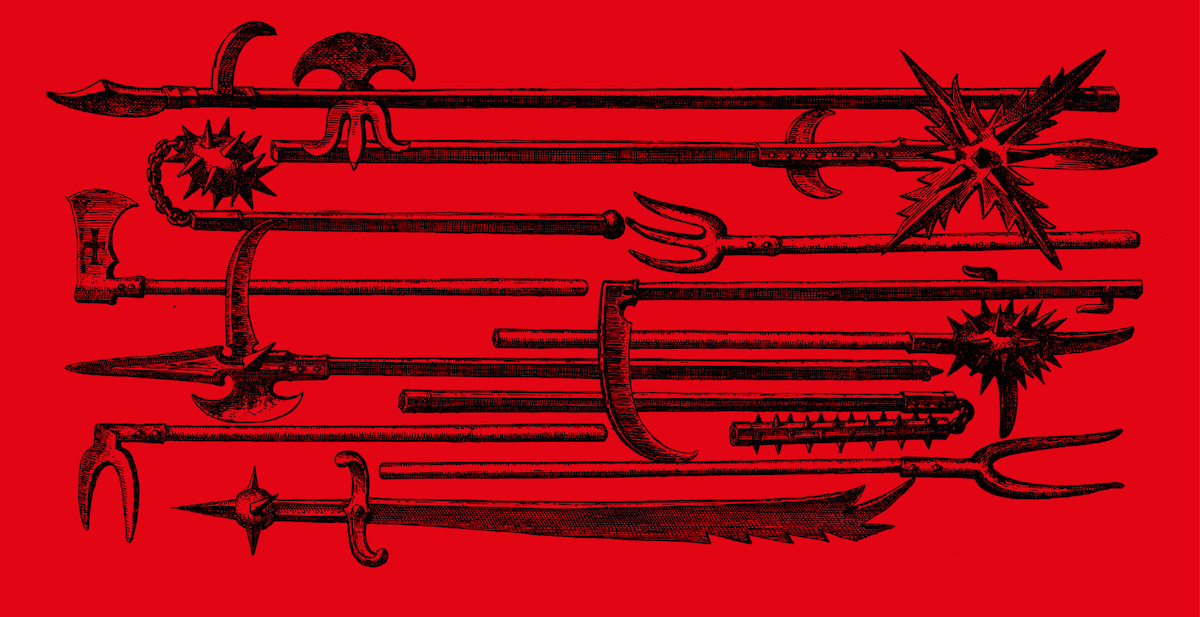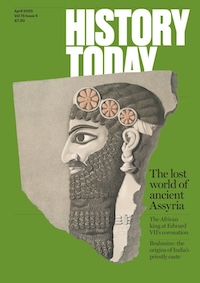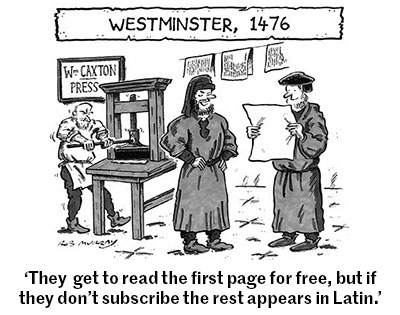The Great German Peasants’ War
More than 100,000 people took up arms across the Holy Roman Empire in the spring of 1525. What drove them? And why were they ultimately crushed?

The Great Peasants’ War was premodern Europe’s largest popular rising. Early stirrings in the southwestern corner of what is now Germany in the summer of 1524 grew to affect vast parts of the Holy Roman Empire in the first half of 1525, before final confrontations in Austria brought the uprising to an end the following year. Well over 100,000 rebels mobilised in an attempt to force a new, more equitable order. The peasants sought a world built on Scripture, without exploitative lords. They organised in military bands, agreed sets of demands, attacked castles, monasteries, and fortified settlements, and took on the professional armies of the Swabian League as well as those of other mighty princes. And they achieved some startling successes – notably the surrender of Weinsberg town and castle on 16 April 1525 – before crushing defeats in battles fought in May and June. Writing in 1975, Peter Blickle, the war’s most influential interpreter, argued that the peasants’ aim was nothing less than a ‘Revolution of the Common Man’. In the end, however, military force triumphed over radical vision and tens of thousands paid with their lives.







